Apparatus ideas BOB VACCARO
If you research the history of the Nanuet (NY) Fire Engine Company No. 1, you will see that like most fire companies started in the 1800s, it has a storied past.
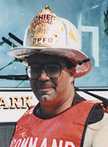
This fire company’s apparatus roster through the years reads like an encyclopedia of fire apparatus maker history. Purchased in the past were apparatus manufactured by Maxim, Pirsch, Young, Ward LaFrance, American LaFrance, HME, Saulsbury, White Sanford, Simon Duplex, Seland, Diamond T, Seagrave, and most recently E-ONE.
“Although we have used various manufacturers in the past, our committee always investigates and plans for the future for all apparatus purchases,” says Harold Straut, past chief, commissioner, and chairman of the apparatus committee.
Straut explains the department has 8.1 square miles in its response area, protecting 21,000 residents. The department also has parts of routes 87, 59, and 303 in its coverage area as well as a section of the New York State Thruway. The area has a large mall, several strip shopping centers, schools, restaurants, apartment condominiums, and some light industry.

1 The Nanuet Fire Engine Company No. 1’s new rescue pumper is built on an E-ONE Cyclone cab and chassis. (Photos courtesy of Nanuet Fire Engine Company No. 1.)
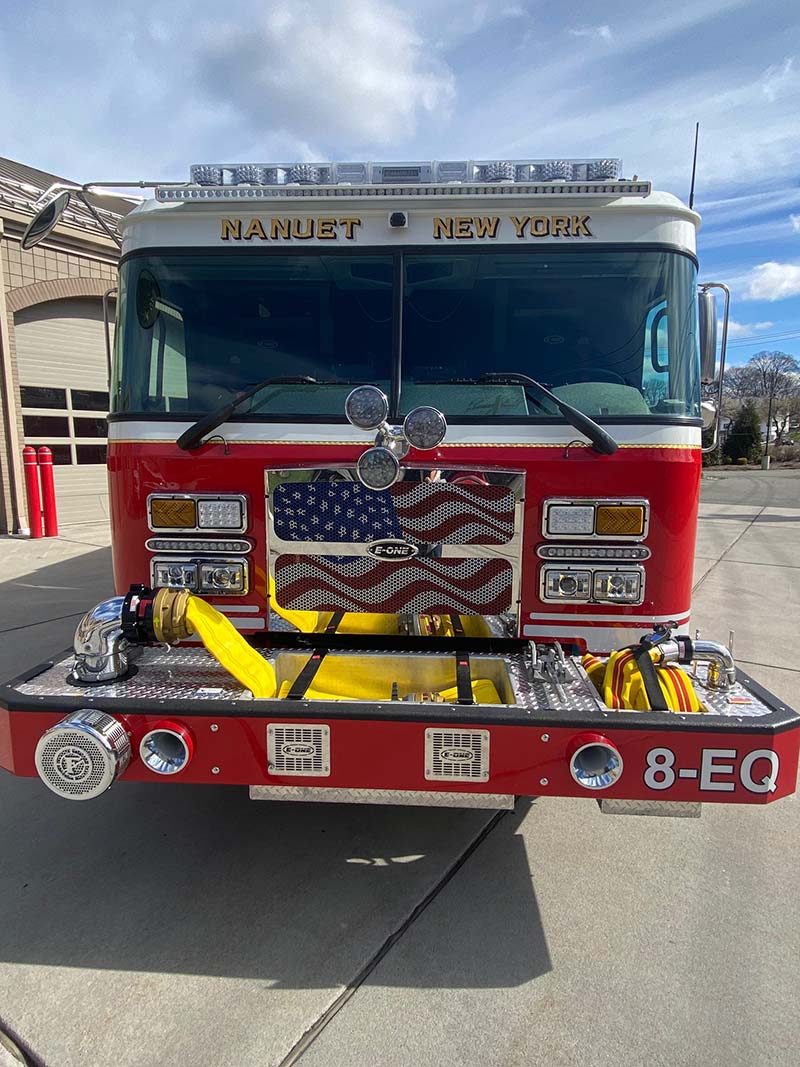
2 The engine’s front extended bumper has a 1¾-inch trash line and swivel front suction.
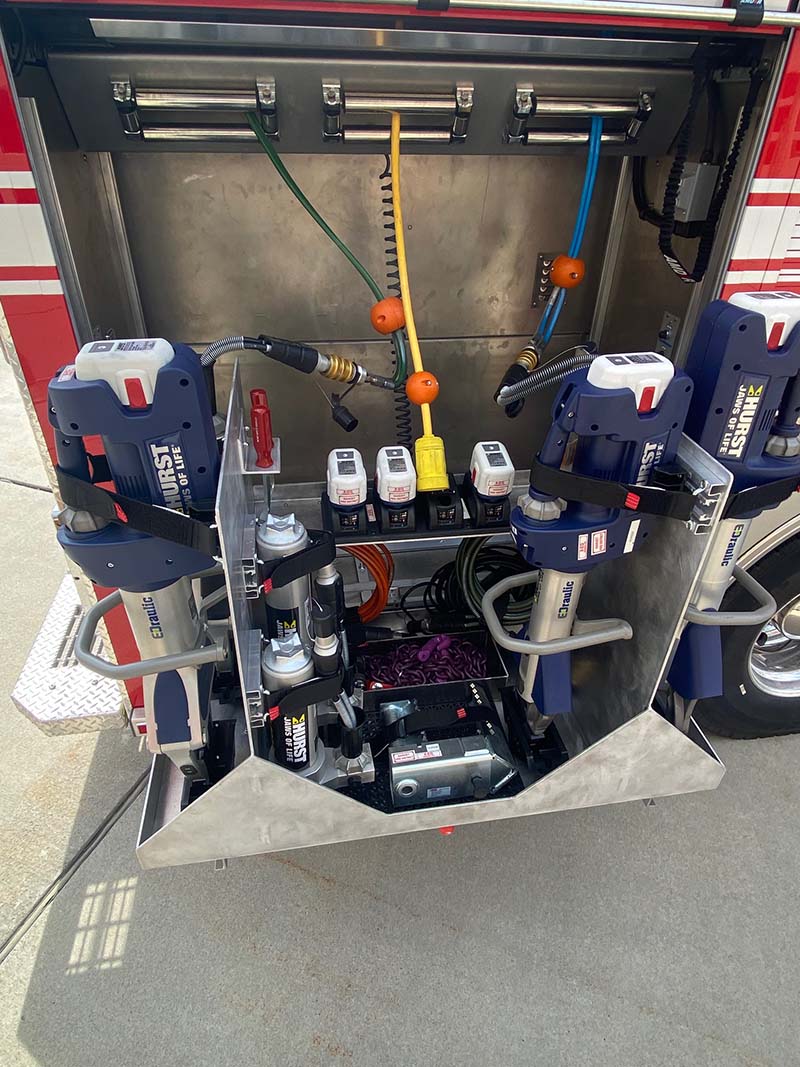
3 It features a compartment with Hurst eDRAULIC extrication tools and reels.
Nanuet (NY) Fire Engine Company No. 1 Rescue Pumper
|
“Our apparatus replacement program for rescue vehicles calls for replacement every 12 to 15 years, depending on our budget and resources,” Straut explains. “This time around, funding came from our apparatus reserve fund and purchase went through the Sourcewell apparatus consortium.”
Since the department already had an E-ONE quint in the fleet, with which the department is very happy, it was a logical choice to go with E-ONE again for the rescue pumper, he says.
“The committee liked the operation and workmanship of the E-ONE, so we decided to purchase from them once again,” Straut says.
Nanuet was replacing a 2005 American LaFrance when it decided to purchase the new rescue pumper, Straut says, noting the department wanted an apparatus that would be self-sufficient at an incident scene. He says the department needed a rig that could be in a standard engine, heavy rescue, or truck company capacity in the absence of an aerial.
“One of the options we added to this vehicle that we didn’t have previously on our older vehicle was the length—35 feet 9 inches—two feet longer that the older unit,” Straut says, adding the new engine has more compartment space, hydraulic reels, electric reels, a light tower, and a medical compartment in the cab.
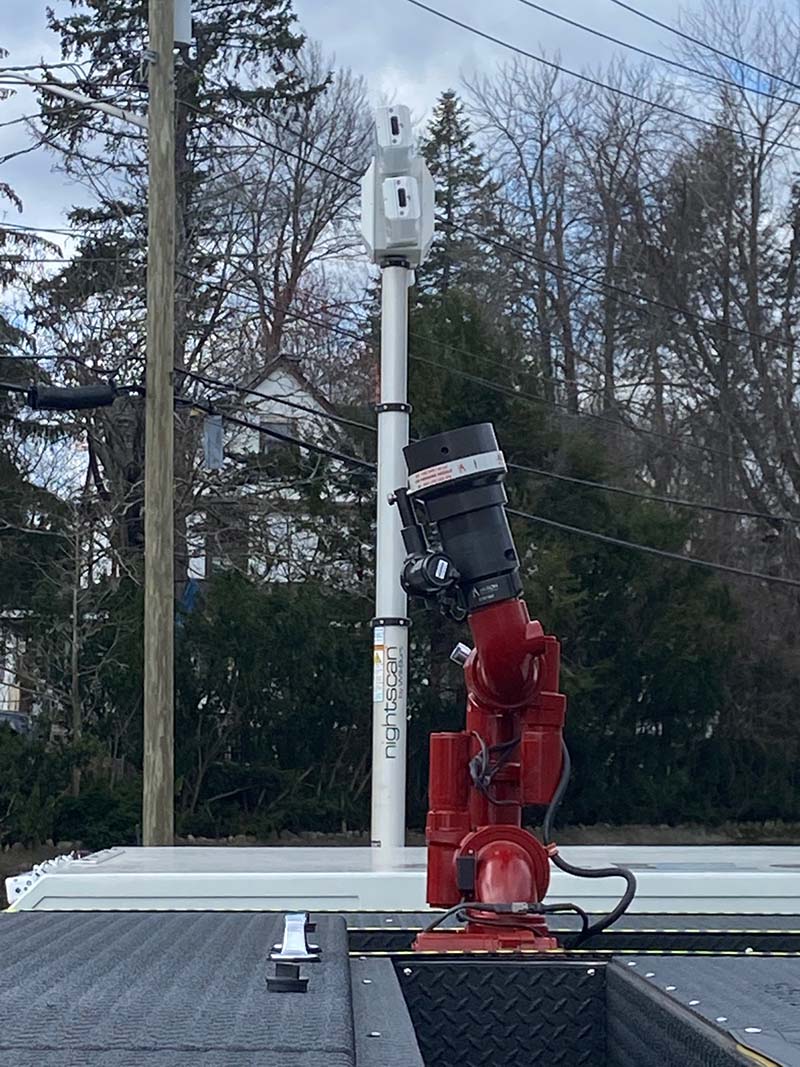
4 An extended light mast and deluge gun are found on top of the pump panel.
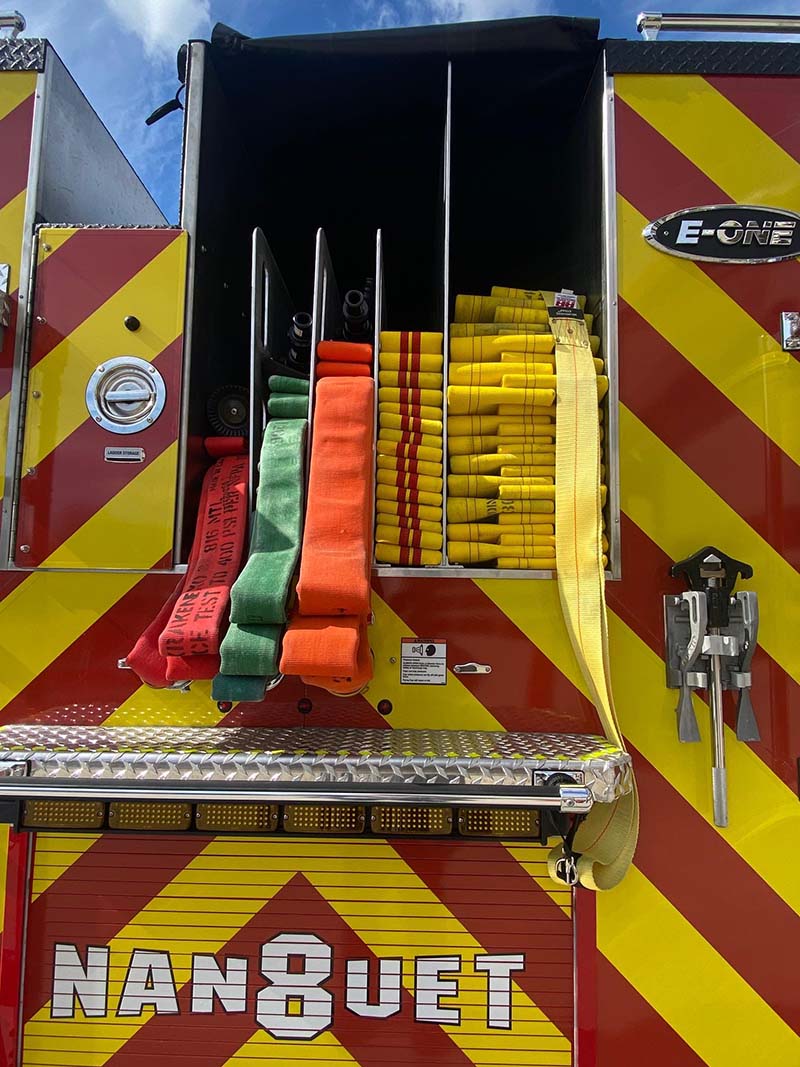
5 The rear hosebed has attack and supply lines.
Nanuet Fire Engine Company No. 1
|
“We also set the truck up so, on the driver’s side, we carry all of our forcible entry tools, and the officer’s side has all of our extrication stabilization and rescue equipment,” he says. “There are two electrical cord reels; two hydraulic Hurst tool lines; plus we carry the Hurst eDRAULIC spreaders, cutters, and combo tools for a total of seven tools.”
Straut also says the new rescue engine carries a variety of Milwaukee battery-powered tools, including a reciprocating saw, grinders, and chain saws. It also has a Res-Q-Jack Apex X-Strut. Additionally, it carries an assortment of engine company tools and fittings and truck company saws and forcible entry tools.
For an engine company, it carries 100 feet of 1¾-inch trash line in the front bumper extension; two preconnect lines, each consisting of 200 feet of 1¾-inch hose; 100 feet of dead bed line, with 2½-inch hose connected; 400 feet of 3-inch supply line; and 500 feet of large-diameter hose for a supply line. Other hoses and fittings include a 150-foot 1¾-inch high-rise pack, 300 feet of 3-inch hose with a gated wye for garden apartment operations, and 50 feet of 5-inch on the front bumper.
The cab and chassis for the new apparatus were built in E-ONE’s facility in Ocala, FL, and then shipped to the Hamburg, NY, facility for final assembly of the body. The building committee kept track of the construction with weekly photo updates because plant visits were curtailed due to COVID restrictions, Straut says.
“Nothing major or crazy was noted during the building process,” Straut reports. “We were really happy with the local dealer and factory during the whole process.”
The Nanuet Fire Engine Company No. 1 really planned for the future. Its apparatus committee wanted a newer vehicle that was a little larger and had more compartment space. The committee improved extrication tools and layout and added more hand tools as well as hose capacity to make the engine perform in all different capacities. The department was also able to standardize its fleet with a manufacturer it was familiar with in the past and had the vehicle built with the same cab to make it easier for members to train and operate.
Remember, when you start the specification writing process, look at your response area and your mutual-aid jurisdiction. Add some compartment space for future equipment if your budget doesn’t allow you to purchase it when you purchase the vehicle.
One common mistake is overloading the vehicle with equipment. Make sure the manufacturer engineers know exactly what you intend to carry now and in the future. Look at NFPA 1901 for guidance. There is an appendix showing just about every tool and its weight so you can figure total weight. Make sure it doesn’t exceed the gross vehicle weight when you do the calculation at the end. A good manufacturer’s engineer will help you plan this out at the prebuild conference.
Proper planning upfront will hopefully alleviate problems during the build process.
BOB VACCARO has more than 40 years of fire service experience. He is a former chief of the Deer Park (NY) Fire Department. Vaccaro has also worked for the Insurance Services Office, the New York Fire Patrol, and several major commercial insurance companies as a senior loss-control consultant. He is a life member of the IAFC.

